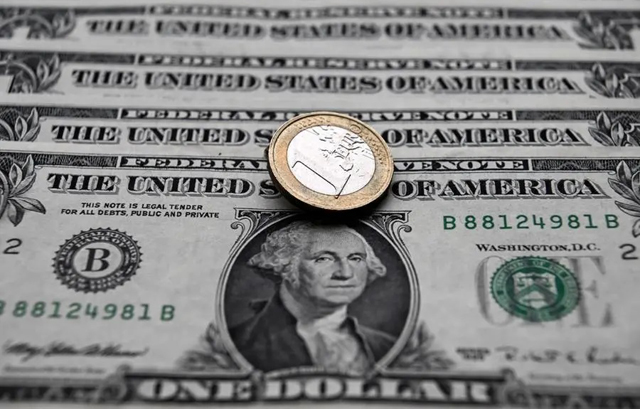
WASHINGTON, May 31, 2024 (BSS/AFP) - The US economy grew less than initially estimated in the first quarter of this year as consumer spending cooled, the government reported Thursday, but data indicate resilience despite the slowdown.
The world's biggest economy expanded at an annual rate of 1.3 percent in the January to March period, the Commerce Department said, below the 1.6 percent figure published last month.
This revision was in line with analysts' expectations, even as both growth numbers mark a significant deceleration from the 3.4 percent expansion in the final quarter of 2023.
While President Joe Biden has maintained that the US economy remains robust, he has been struggling to convince voters of his performance on the economic front ahead of November's presidential election.
A cooling economy could prove to be another challenge, though analysts say there is underlying strength for now.
"The update primarily reflected a downward revision to consumer spending," the Commerce Department said of Thursday's revision.
But business investment expanded at a stronger pace while residential investment accelerated more than estimated, added Rubeela Farooqi, chief US economist of High Frequency Economics, in a note.
Overall, GDP growth in the first quarter was supported by consumer spending, business investment and government spending, despite decelerations in some of these areas, the Commerce Department said.
- 'Underlying momentum' -
"The weaker headline growth statistic looks discouraging, but it belies solid underlying momentum as the economy's core," said Nationwide financial markets economist Oren Klachkin in a note.
Slower GDP growth could impact views on the Biden administration but Klachkin told AFP that consumers are likely to focus more on jobs and inflation data.
"Monthly data beyond March generally point to a continued, albeit gently cooling, economic expansion," he said.
This would be good news for observers looking to a "soft landing" for the economy, meaning a situation where inflation eases without a painful downturn.
There remain uncertainties in the outlook ahead, however, according to Farooqi.
The Federal Reserve could delay starting interest rate cuts as it tries to stamp out stubborn inflation -- and this could weigh on growth in the coming quarters.
"But a weaker growth path that leads to a Fed pivot to lower rates over time should be supportive of households and businesses," she added.
The US economy has been resilient in the face of higher interest rates, with unemployment remaining low and the job market stronger than expected.
This, in turn, has allowed people to continue spending.
But with households depleting savings from the pandemic and interest rates still elevated, analysts generally expect consumption to pull back.